Belcarra Garden Club
BC, Canada
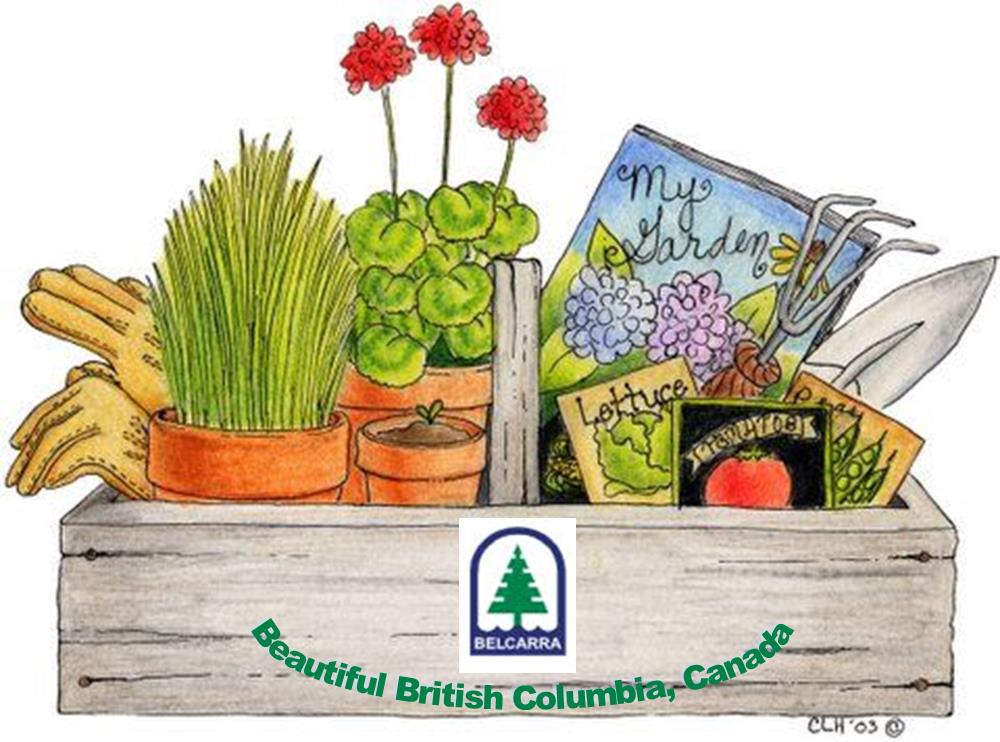
Part 1: Declining Swallows and Their Insect Prey by Les Bramley
Part 2: The Invasive Japanese Beetle
by Nora Boekhout
Part 1: Declining Swallows and Their Insect Prey
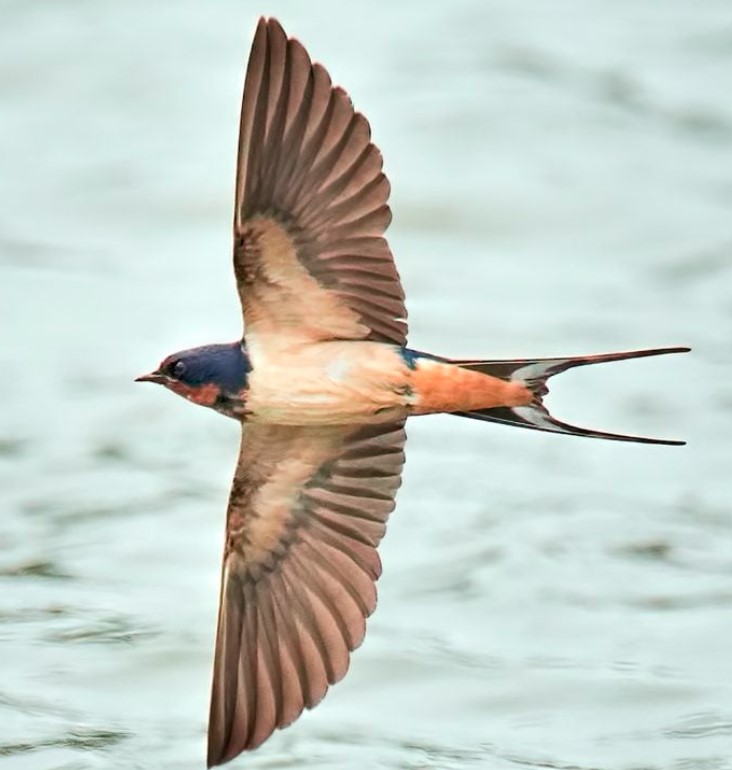 |
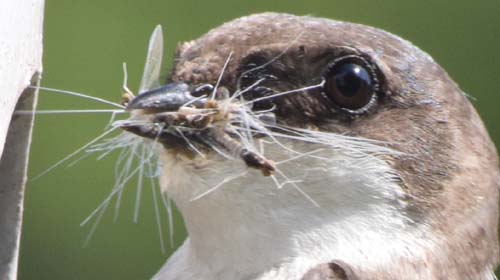 |
(photos: American artifacts and Richard Buguio)
As the adage goes, “the changes are a-coming”, and they are not always good news. For years we used to have Barn Swallows nesting in our garage and then they disappeared. Gradually we noticed less and less Swallows. There were no more flocks migrating north, passing our house in the spring. Out at Pitt Lake we went from seeing many hundreds every year to nearly none.
In July of this year we spotted one lonely Swallow at Colony Farm. We also noticed on our road trips that our vehicles were not getting splattered up with bugs to the same extent they used to be.
What is the connection? The lack of food, in the form of insects, is why our Swallows have gone. Apparently air pollution is having an effect on flies, altering how they attract one another and mate. Insects typically find their mates by heavily relying on pheromones, chemicals that allow males and females to locate each other and mate. I have to admit, I don't really know about pheromones… Estée Lauder worked for me when I met Kathy!
Pheromones are distinctive to male and females of a species, and in the case of flies, they are being disrupted by the increase of ozone in the air, a result of air pollution. Scientists at the Max Planck Institute for Chemical Ecology in Germany discovered these effects. They developed an experiment that mimicked ozone levels similar to what we get in the cities in summertime. Increased ozone levels caused a decrease in pheromones, which caused females to be less attracted to males and led to courtship between male flies. The males started courting each other as they could not distinguish ozonated males from females! Ozone is thought to affect the patterns of many insects.
In conclusion, the Germans seem to have found the answer to our missing Swallows, and once again, it is due to the irrefutable changes in today’s world environment.
RELATED LINKS
Air pollution impairs successful mating of flies | Max Planck Institute for Chemical Ecology
https://www.ice.mpg.de/442650/
Decline and demise of Barn Swallows
https://wildsight.ca/wp-content/uploads/2021/04/Canadian-Wildlife-article-MayJun-Barn-Swallows.pdf
Barn Swallow (Hirundo rustica): COSEWIC assessment and status report 2021
https://www.canada.ca/en/environment-climate-change/services/species-risk-public-registry/cosewic-assessments-status-reports/barn-swallow-2021.html
Part 2: The Invasive Japanese Beetle
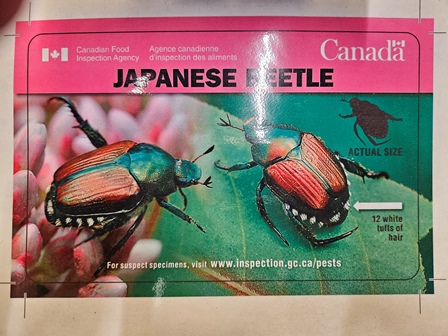 |
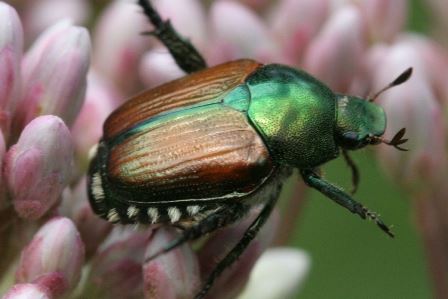 |
You may have seen posters at local garden shops about an invasive “bad bug”, the Japanese Beetle. It was found in Vancouver, False Creek area, in 2017 and has now reached our neighbours in Port Coquitlam and Burnaby. This year, the Invasive Species Council of BC increased its surveillance in the Lower Mainland to 6000 traps! Restrictions now apply year-round to the movement of outdoor plants with soil or soil-related matter. Although this beetle is not a risk to humans or animals, it feeds on more than 300 species including fruit trees, roses, grapevines, and many landscape and food plants.
I urge you to read the full PDF publication August 9, 2023 by the ISCBC (used for this article).
The three main identifying characteristics are: metallic green head, metallic copper-brown wing coverings, white tufts of hair around the abdomen. The adult beetles feed on leaves during sunny summer days, chewing between the veins and leaving a lacey network. Eggs are laid in grassy areas and the larva feed on roots until the cool weather. They overwinter and begin feeding again in spring.
Some important tips are: “shake it before you take it” by checking all plants, soil, and even your clothing and picnic basket for hitchhikers, and if you see a suspicious beetle or evidence of lace-like damage on foliage, capture specimens or photograph evidence and send the information to BCPF.Japanese.Beetle@inspection.gc.ca
RELATED LINKS
Know your beetles – Japanese Beetle Look-alikes
https://bcinvasives.ca/wp-content/uploads/2021/04/JB-Look-Alikes-FS.pdf
BC Invasives
https://bcinvasives.ca/invasives/japanese-beetle/
Canada Food Inspection Agency – Popilla Japonica (Japanese Beetle) fact sheet
https://inspection.canada.ca/plant-health/invasive-species/insects/japanese-beetle/fact-sheet/eng/1328165101975/1328165185309
How to Control Japanese Beetle – Heeman’s (Ontario)
https://www.heeman.ca/garden-guides/japanese-beetle-control/